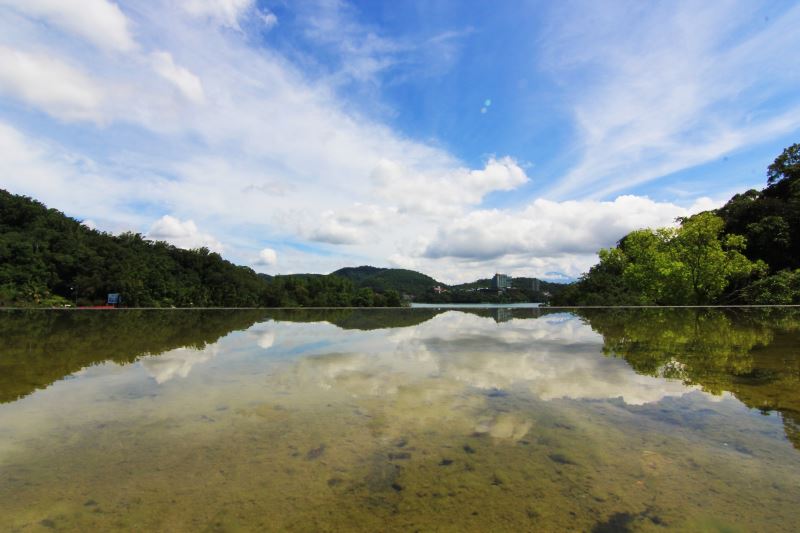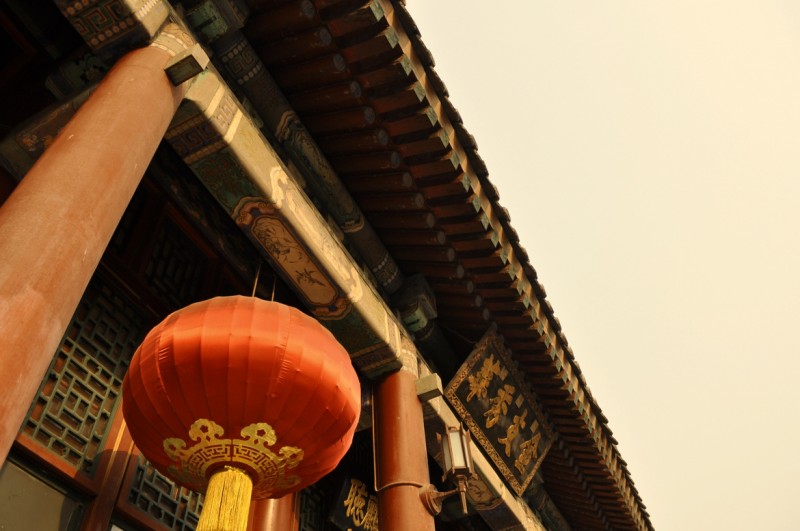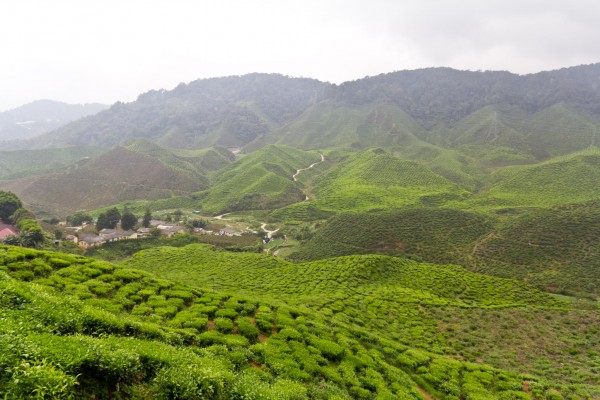
Where Your Tea Will Come From
In Louise’s final post as Summer intern, she discusses where our own tea comes from–the heart of Taiwan, Nantou County.

In Louise’s final post as Summer intern, she discusses where our own tea comes from–the heart of Taiwan, Nantou County.

When people talk about where tea is grown, the image in most minds is a mountain or humid field somewhere in Asia. People are also fairly familiar with the idea of tea being grown in Africa, although most of that tea makes its way to Europe. Few are aware, though, that there’s a growing movement of tea growers here in the United States.
In her quest to learn more about tea growth and terroir, intern Louise interviewed two folks working on US tea. She talked with Colonel Jason McDonald of the Great Mississippi Tea Company, and consultant Nigel Melican of Teacraft, Ltd. These two are collaborating to create a 5+ acre tea plantation in Mississippi. A unique idea in many many ways. Read here to learn what Louise discovers about the uniqueness of growing tea, let alone in Mississippi.

As we can see from the elements of terroir, tea relies heavily on where it’s grown. All tea comes from the same plant, Camellia Sinensis, which has many varieties. The major tea-growing regions include China, India, Japan, Sri Lanka, and Taiwan. Each of these have various micro-climates and soil differences, creating a spectrum of tea flavor. However, certain regions are well known for producing specific types of tea.


Tea dates back as far as 2737 BC, when legend claims it was discovered in China. Today, tea is grown and consumed all around the world, but where it’s grown plays a crucial role in how the tea develops and tastes. This concept is known as terroir, the environmental conditions, particularly soil and climate, which influences the flavor and aroma of any given food or beverage. There’s a lot that goes into tea terroir, but let’s start off with the basics!